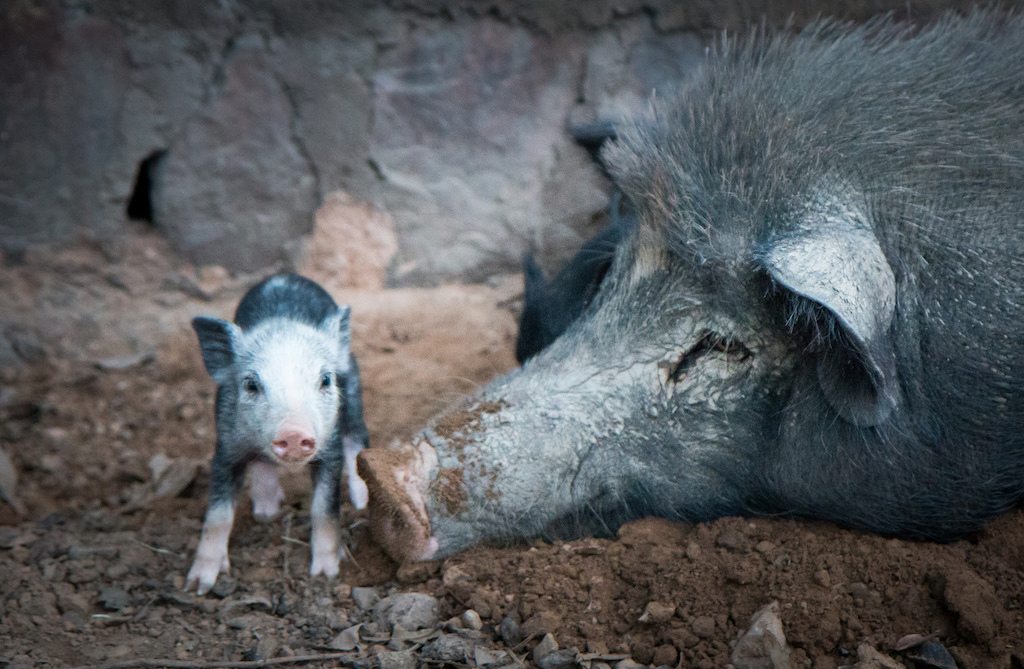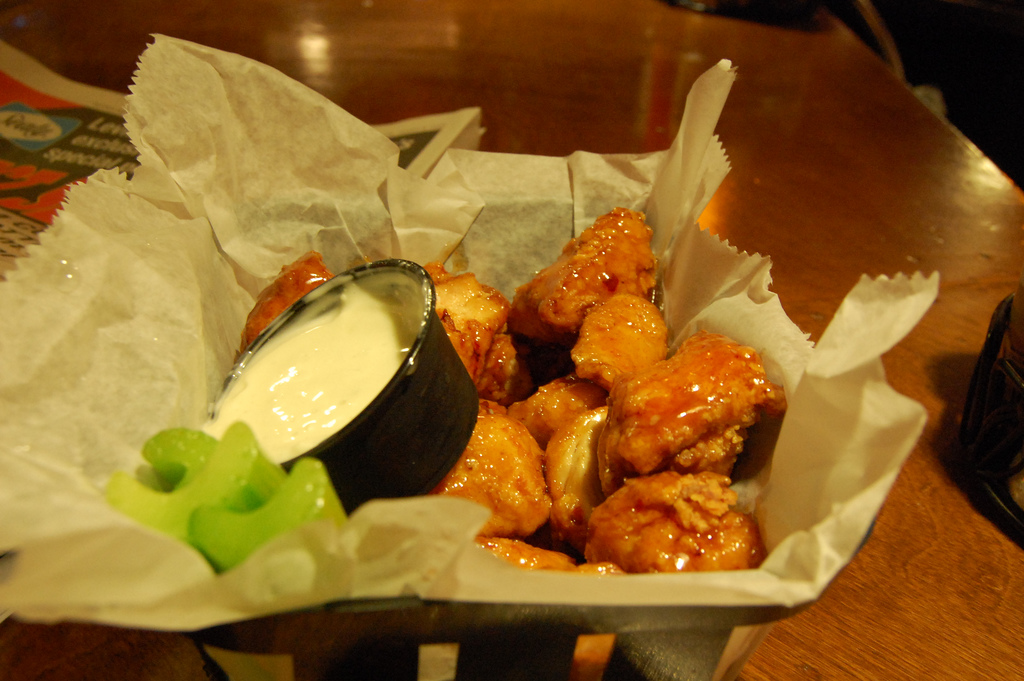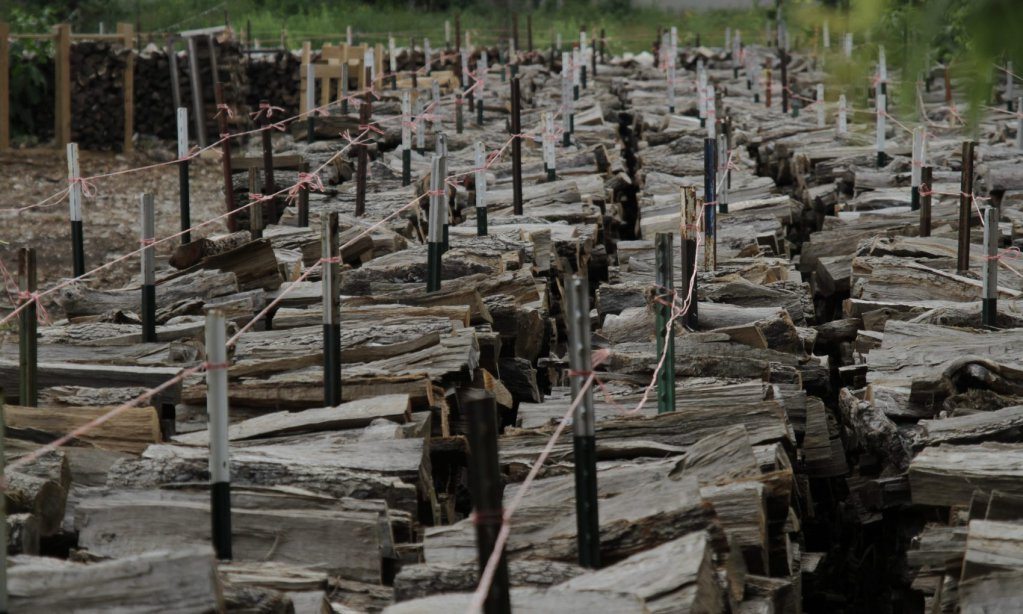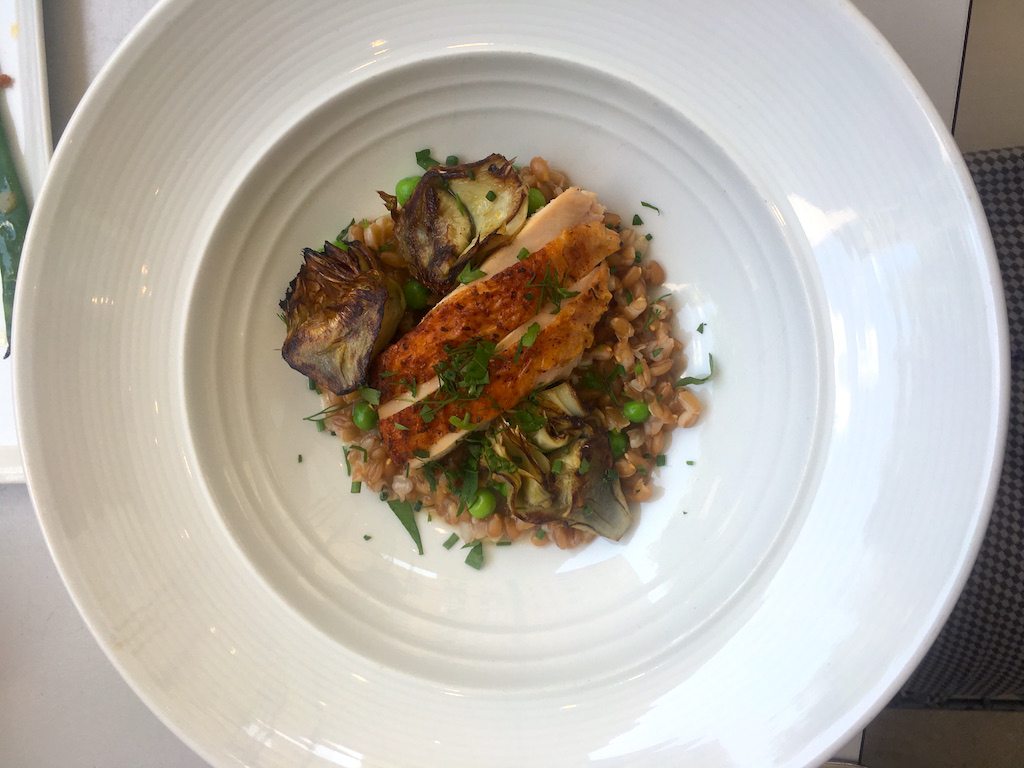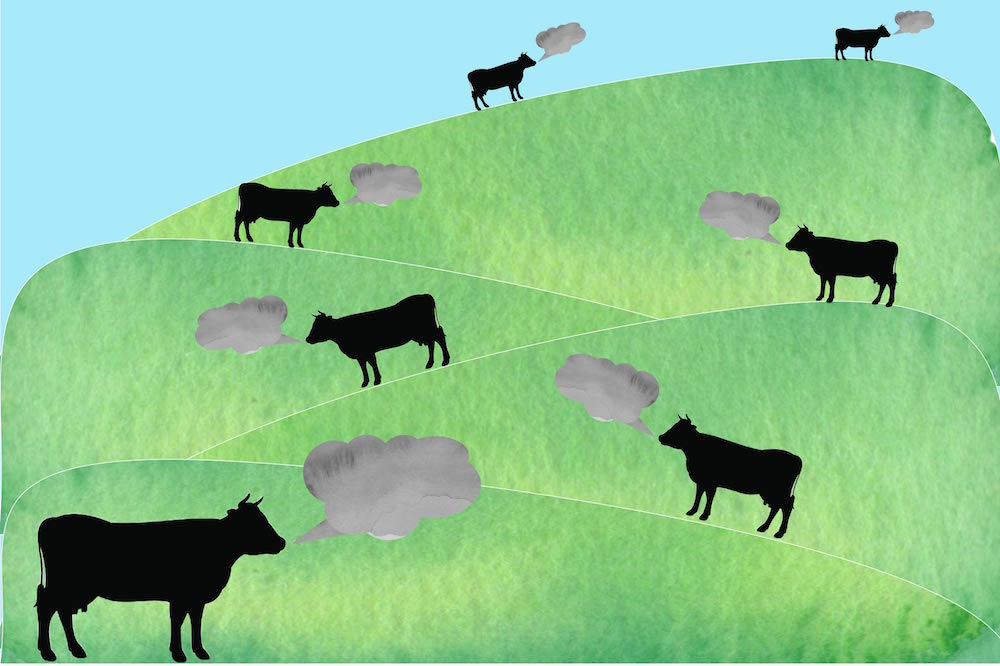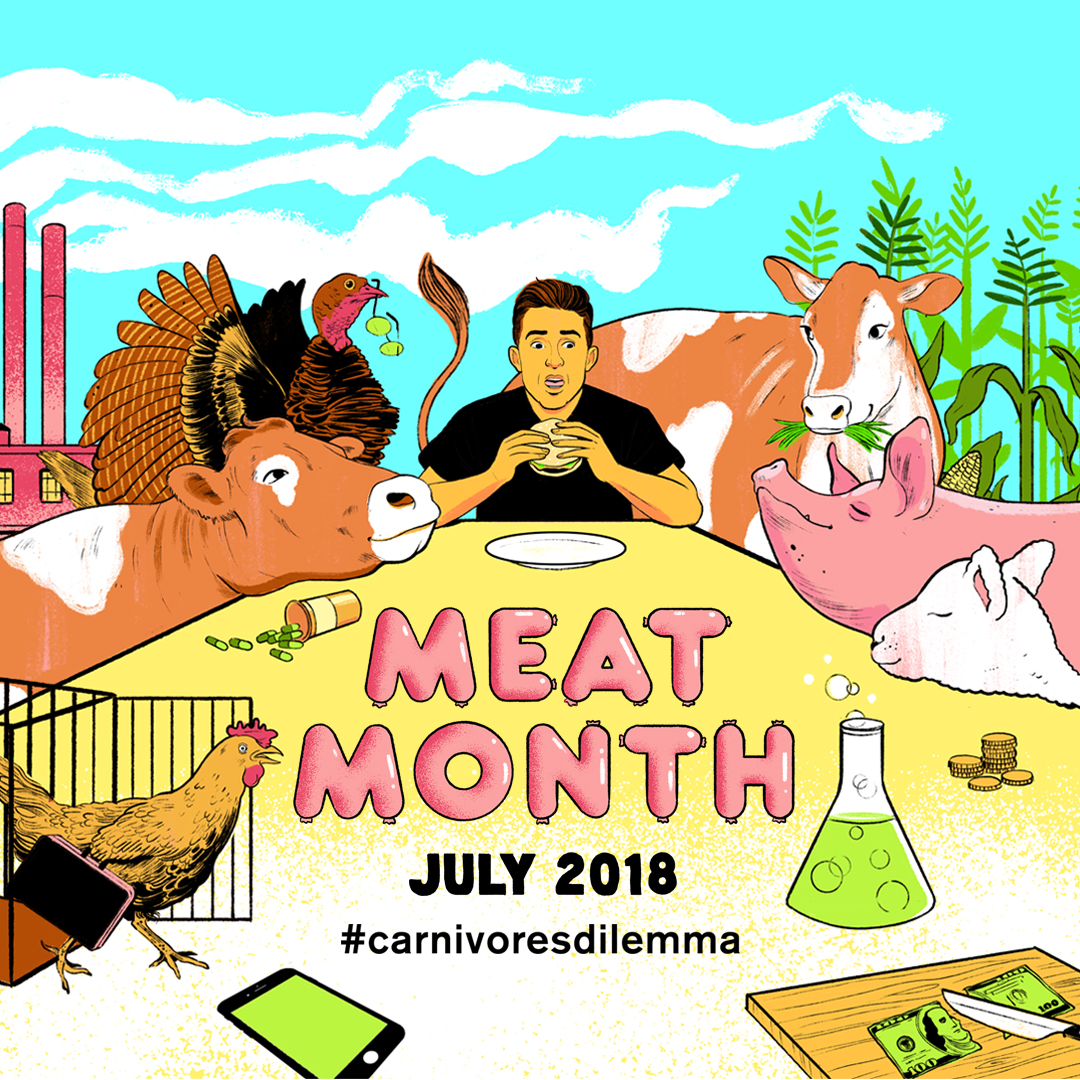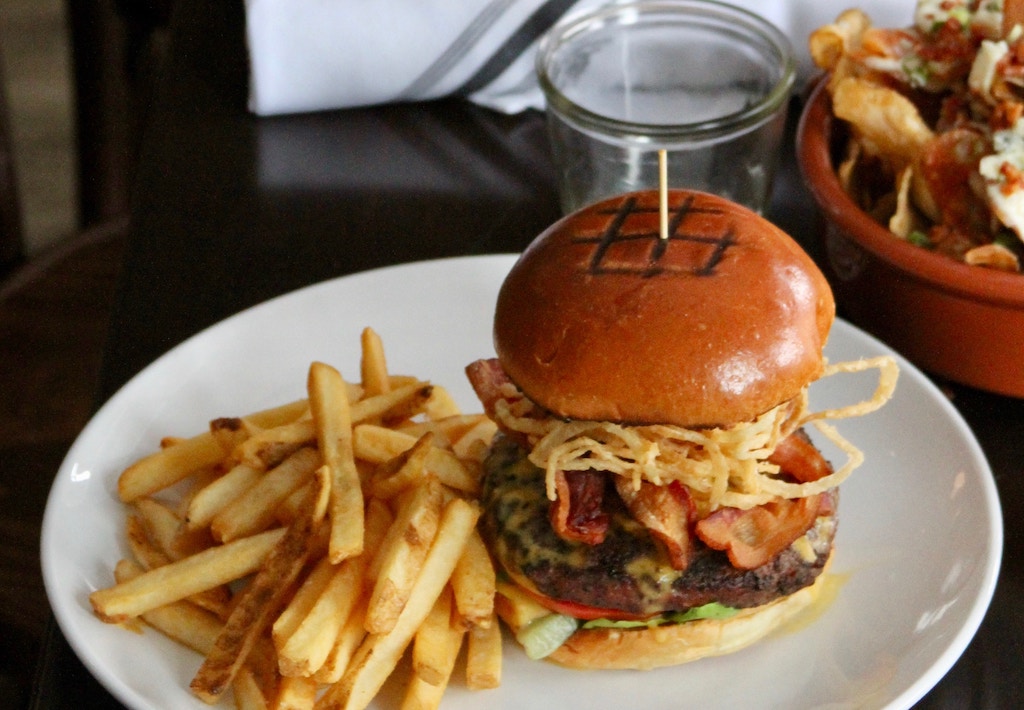If you can’t beat ‘em, eat ‘em. Louisiana has a pretty serious feral hog dilemma. The state’s Department of Wildlife and Fisheries calls the invasive species “the most serious problem facing land managers and hunters.” These porkers can weigh up to 400 pounds, eat baby calves and goats, and give birth to two litters per year. The state’s wild boar population hovers at about 600,000 animals, but authorities estimate 70 percent of them must be killed each year just to keep the population from mushrooming. (They eat mushrooms, too, though they prefer wild grapes.)
But if hogs are pigs and pigs are pork and pork is delicious, why not just put wild boar on the menu? The Associated Press reports one Louisiana slaughterhouse is doing just that. Since 2015, Springfield Slaughter House (in, yes, the town of Springfield) has been buying feral hogs from hunters, then successfully marketing wild boar sausage and primal cuts to grocery stores and restaurants.
Louisianans are going wild for the novel meat. New Orleans-based Chef René Bajeux told the Associated Press he uses about 80 pounds of wild boar bacon for brunch service each week, additionally processing the meat into cuts of pork consumers will find familiar: sausage, salami, speck. “Those bad beasts are a good treat,” he said. Chef Ryan Andre in Baton Rouge added that wild boar flautas are his best-selling appetizer.
Federal law mandates that hogs be delivered to the slaughterhouse alive. That means hunters have to trap them and transport them, which isn’t exactly a walk in the park—the animals have razor-sharp tusks and are known to be aggressive. But once they make it to the slaughterhouse, the hunter’s work is done. Springfield buys the live hogs and handles the processing and marketing.
At the time of its most recent Facebook post in October 2015, Springfield was offering hunters $1.25 per pound of hanging weight for wild boar. According to Penn State University’s Department of Dairy and Animal Science, hanging weight is about 70 percent of a pig’s live weight. So a 200-pound animal would fetch about $175 for its captor, assuming a wild boar’s body composition is similar to that of a domestic pig’s. The slaughterhouse accepts live animals on Wednesday mornings and Sunday afternoons … by appointment.
Springfield owner Charlie Munford told the AP he’s slaughtered about 1,000 animals in the past year. That’s a tiny proportion of the estimated 420,000 animals that need to be killed each year to maintain current population levels.
But eating the hogs after they’re caught live might be the most humane way to deal with the invasive population. Other methods, like shooting the animals from helicopters, are a little less precise. And in Louisiana and neighboring state Texas, where the feral hog population is much higher, regulators are considering using a particularly nasty poison called warfarin, which goes by the commercial name Kaput, on the animals. The toxin causes a slow and painful death, and advocates are concerned it’ll be consumed by other wildlife, bioaccumulating up the food chain. The same substance was used for years to control feral hog populations in Australia, but was phased out because it caused “extreme suffering,” which included leaking blood from the eyes. The Washington Post has a deep dive into warfarin if you’ve got the stomach for it.
The warfarin debate gives environmental and anti-cruelty advocates another reason to promote feral flank steak: Growth in the meat market could mean regulators have less incentive to poison wild boar, since warfarin-poisoned animals shouldn’t be eaten (the pesticide also dyes their insides blue). In fact, it was a feral hog meat processor that successfully stopped the introduction of Kaput in Texas. Agriculture Commissioner Sid Miller approved the toxin for use late in February, but a state judge issued a temporary restraining order on the rule after Wild Boar Meats protested that it hadn’t found a way to kill the toxin in boar meat used for pet food. Hunters in the state also circulated a petition which gathered thousands of signatures calling for a ban on the pesticide. At the federal level, the Environmental Protection Agency (EPA) has approved Kaput to be marketed with a simple “caution” label, the lowest category of toxicity.
So if you love wild hogs, maybe you should eat ‘em. We hear they make a great ragu.
